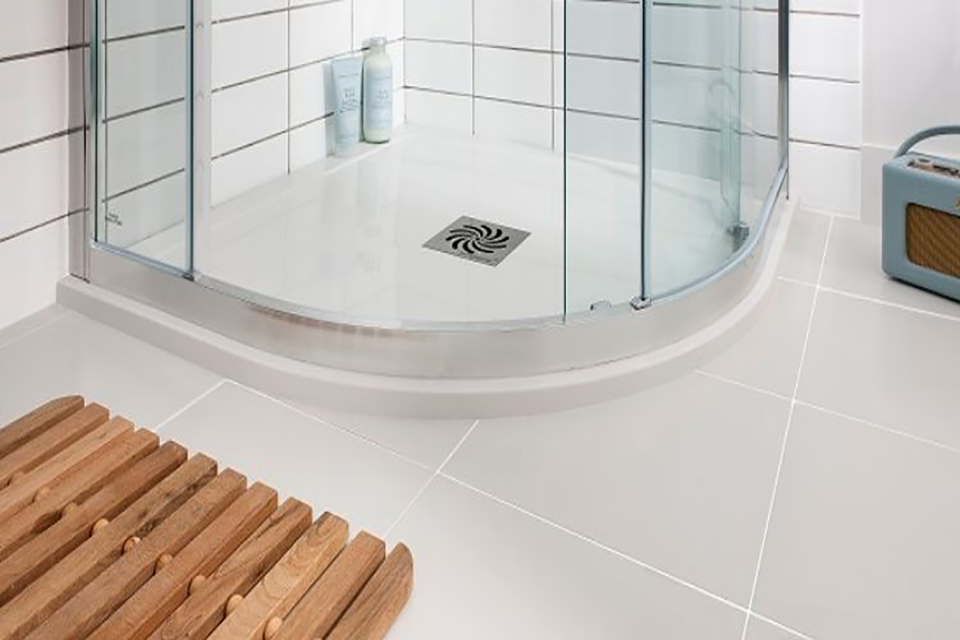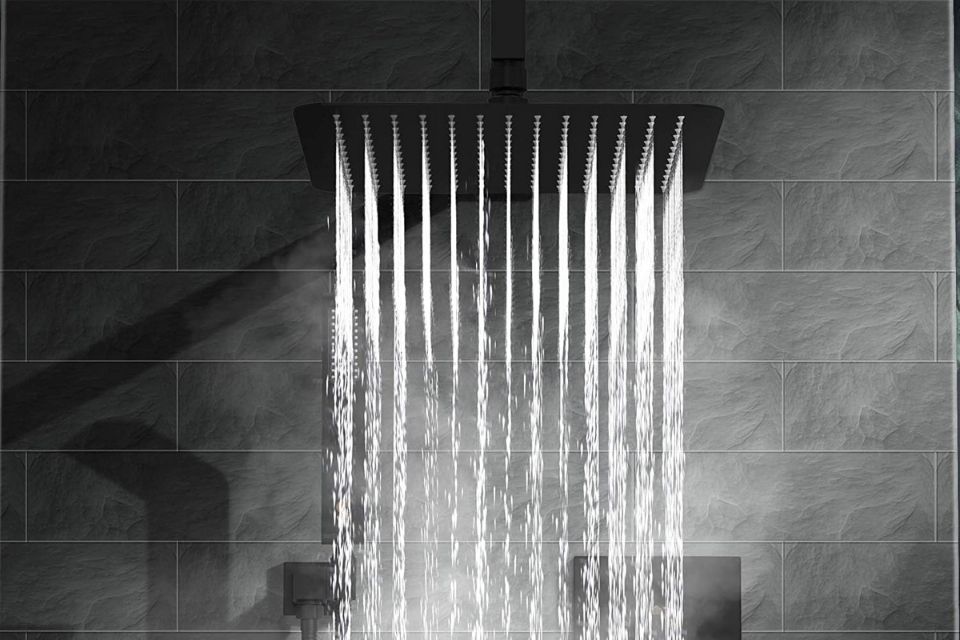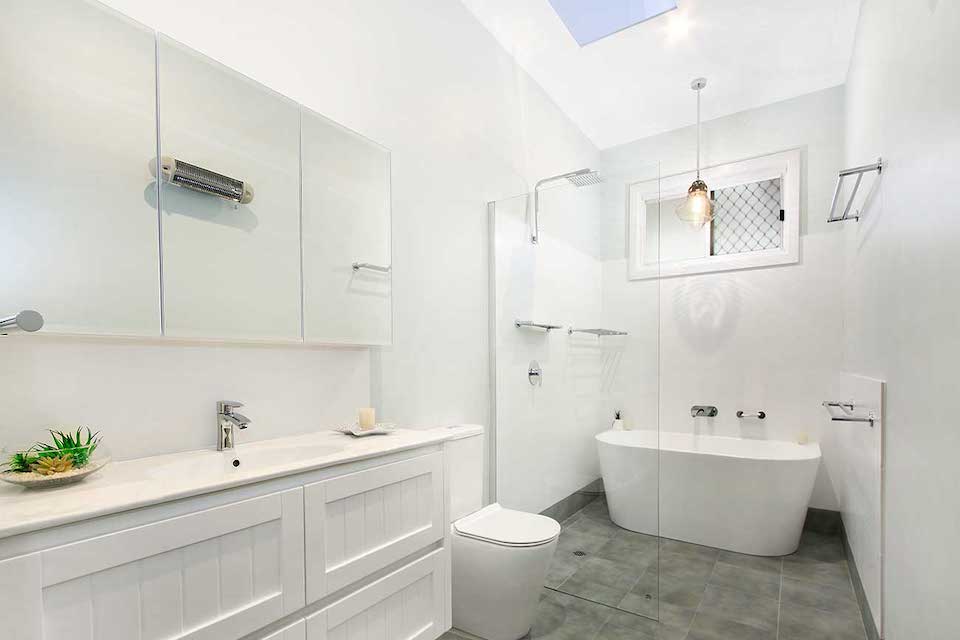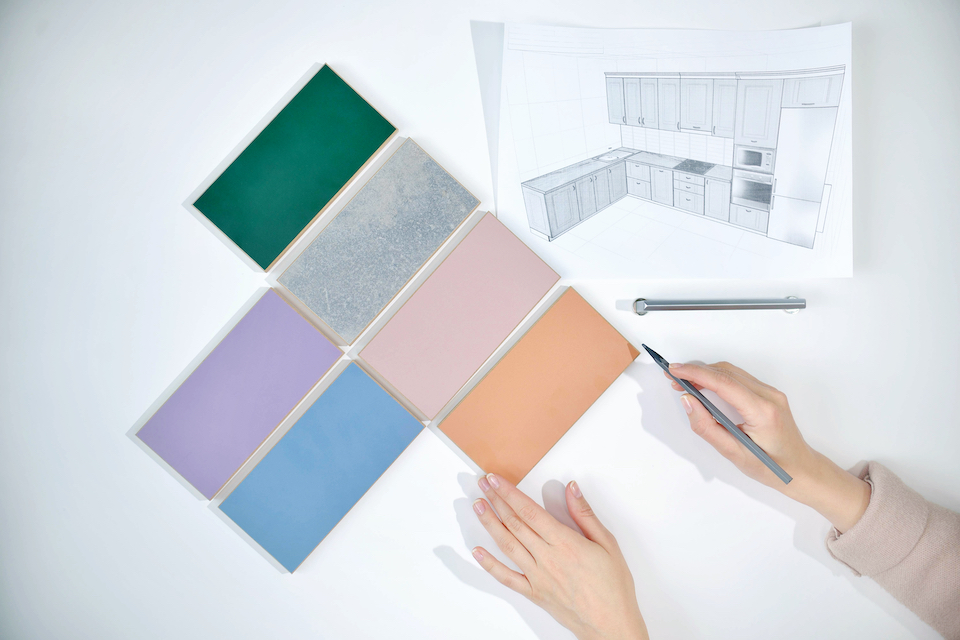Why Do I Need to Seal a Shower?
This article will highlight everything you need to know about sealing a shower. We will provide you with a step-by-step guide on how to complete the job correctly and effectively, along with a list of all the relevant tools and materials that you'll need to get the job done.
Sealant for your shower is a great and simple way to freshen up your bathroom's look, especially if the current sealant is looking worn. Applying a sealant to your shower will also protect it from any leaks.
It will provide a smooth finish that will prevent any water from getting underneath the shower or into the walls, which could cause water damage or mould.
How to Seal a Shower Yourself
Step 1
Make sure the surface is clean, dry, and structurally sound.
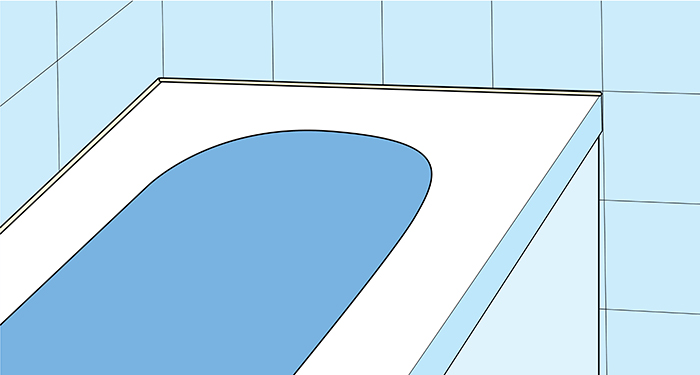
Step 2
Next, remove any old sealant from your shower by cutting into it with a utility knife and pulling it away.
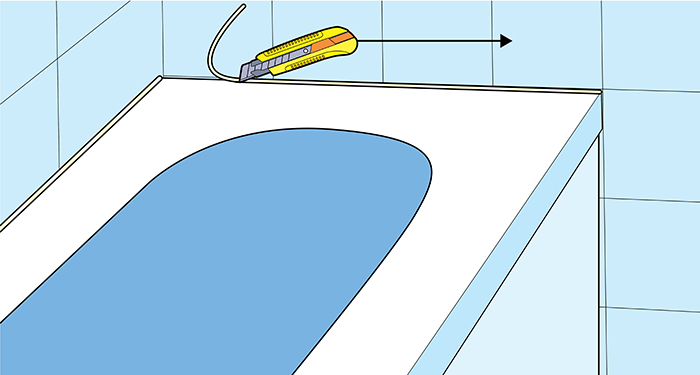
Step 3
Once the old sealant has been removed, clean the area and dry it with a cloth.
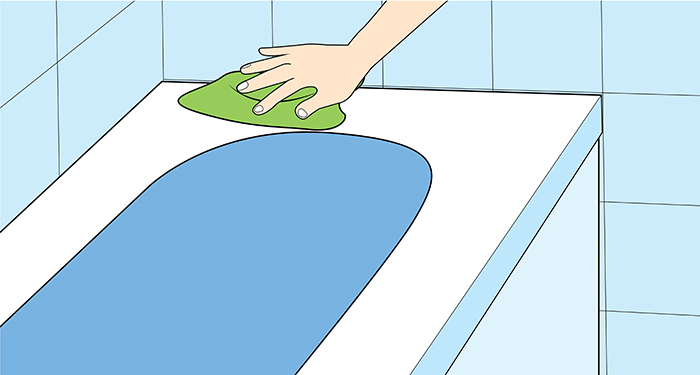
Step 5
For a clean, neat bead, apply masking tape to both sides of the joint.
Cut the tip off the sealant cartridge at a 45-degree angle at your desired bead size.
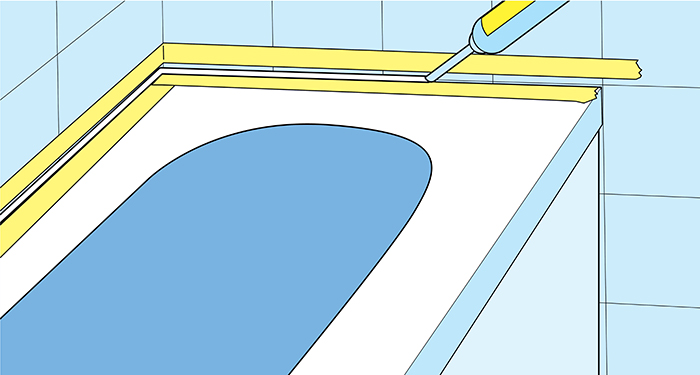
Step 6
Use a caulking gun to apply the sealant using steady pressure. Be sure to force the sealant as far into the joint as you can.
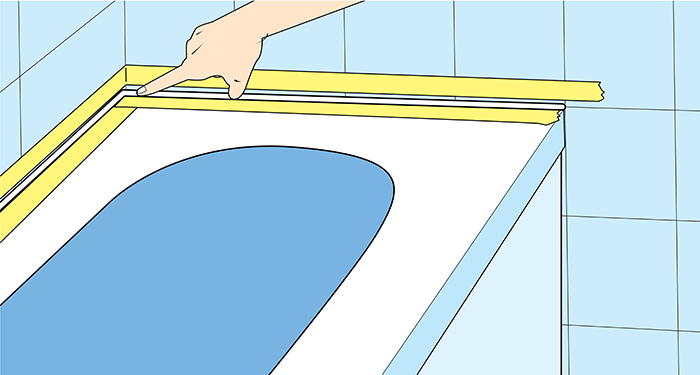
Step 7
Smooth the bead of sealant out using your finger.
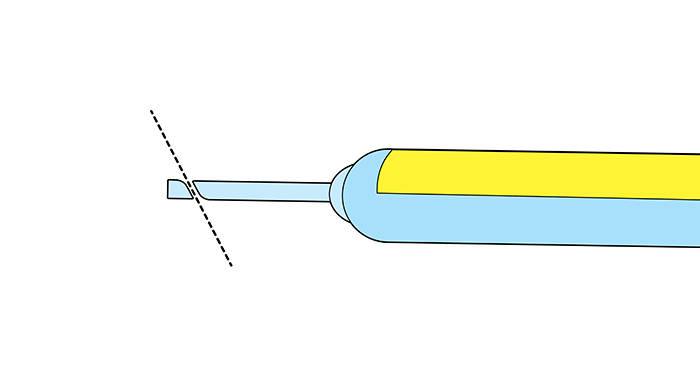
Step 8
Remove the joint's masking tape as soon as you have completed the job and leave the sealant to dry. It's best to leave it for at least 24 hours before taking a shower.
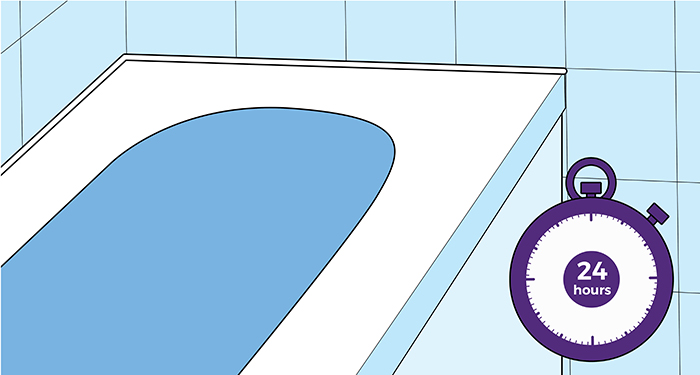
Tools to Seal a Shower
- Utility Knife
- Caulking Gun
- Cloth
Safety Equipment to Seal a Shower
You don't need any specific safety equipment to seal a shower.
Materials to Seal a Shower
- Sealant
How to Prepare for Shower Sealing
To prepare for sealing your shower, you should begin by cleaning the area and letting it dry completely.
You will also need to remove any old sealant. This can be done by loosening it with a utility knife and then peeling it away.
Types of Shower Sealant
There are several different types of sealant that you can use to seal your shower. Below is a list with some information on the different types of popular shower sealant in the UK:
Silicone Caulk
Silicone is particularly good at sealing showers and is one of the most popular sealant types in the UK.
It's very easy to apply and works extremely well at keeping your shower looking fresh and protecting it against leaks.
Acrylic Caulk
Acrylic caulk is another very popular type of sealant for showers. It is relatively cheap to buy and can be bought at most DIY stores, so it's very easy to come by.
It's a very good type of caulk but not always as effective as silicone. Its lower price point is what makes this type of caulk a popular option.
Waterproof Caulk
When looking for a sealant for your shower, you usually want to find one that keeps moisture away.
Most caulks are great at preventing leaks, however, even the smallest bit of water can cause a big problem.
Waterproof caulk can provide protection without degrading due to prolonged water exposure. This is what makes waterproof caulk a popular option for showers.
Coloured Caulk
If your shower is a different colour from the traditional white shower, you may want to find a caulk that matches your shower's colour.
This is where coloured caulk works great. It provides the same amount of protection as other caulk types but also looks great on coloured showers.
FAQs
Q: What is the best way to seal a shower tray?
A: The best way to seal a shower tray is with a tube of caulk. You should choose a nozzle size that matches the amount of sealant you need between the tray and the wall.
Caulk guns allow you to apply the shower tray sealant easily with limited to no mess whatsoever.
Q: How do you remove silicone from a shower?
A: You can remove old silicone from your shower easily by loosening a section with a utility knife. Once you've done this, it should be easy for you to peel the rest away.
Q: Should you seal around an electric shower on the wall?
A: You should never seal a shower to the wall. Electric showers feature small ventilation areas in each corner which prevent the shower from over-heating or collecting condensation.
Q: How long does shower sealant take to dry?
A: It is recommended that you wait around 24 hours for the shower sealant to dry before using your shower.
Q: Can you put old sealant over new sealant?
A: You should never apply a new sealant over an old sealant. As your sealant starts to degrade, mould and moisture will still be able to seep through it.
Applying new sealant over old sealant will also look very unappealing.

